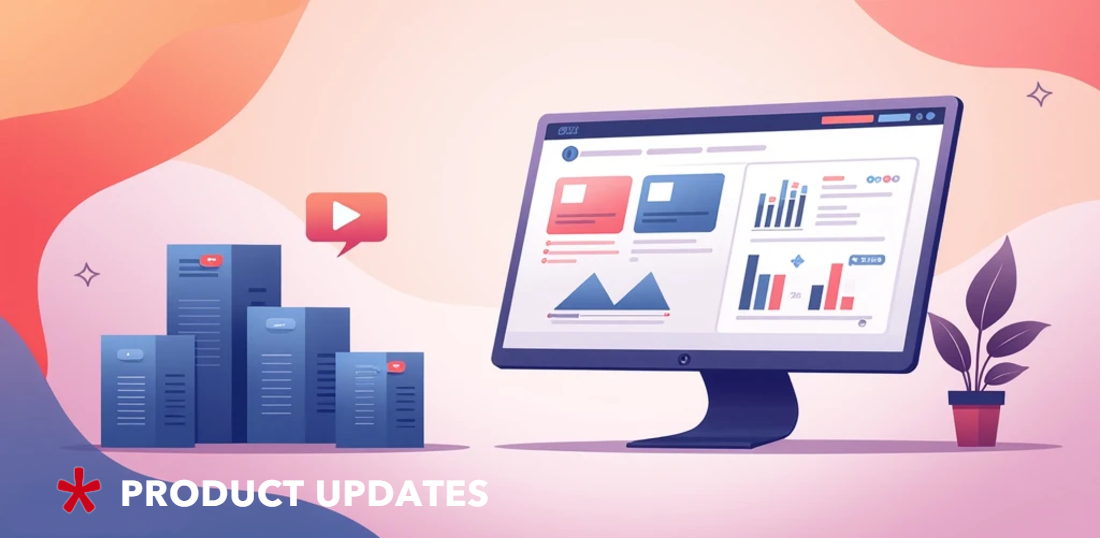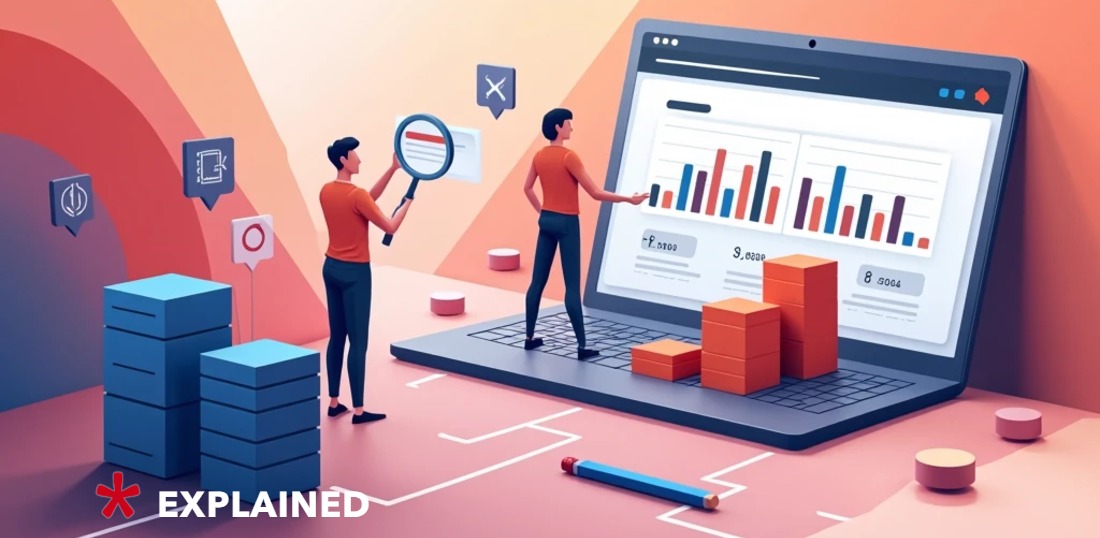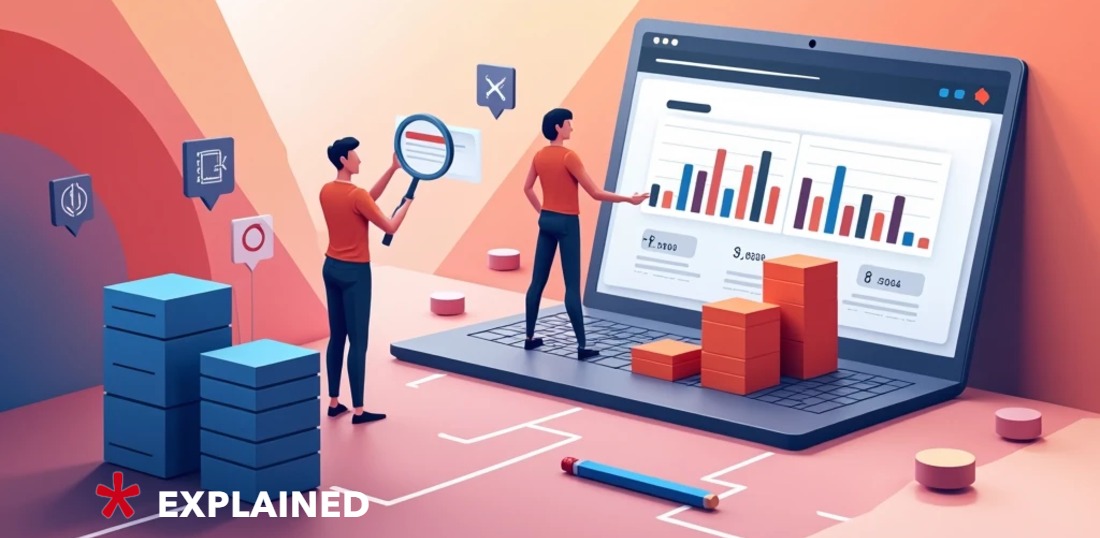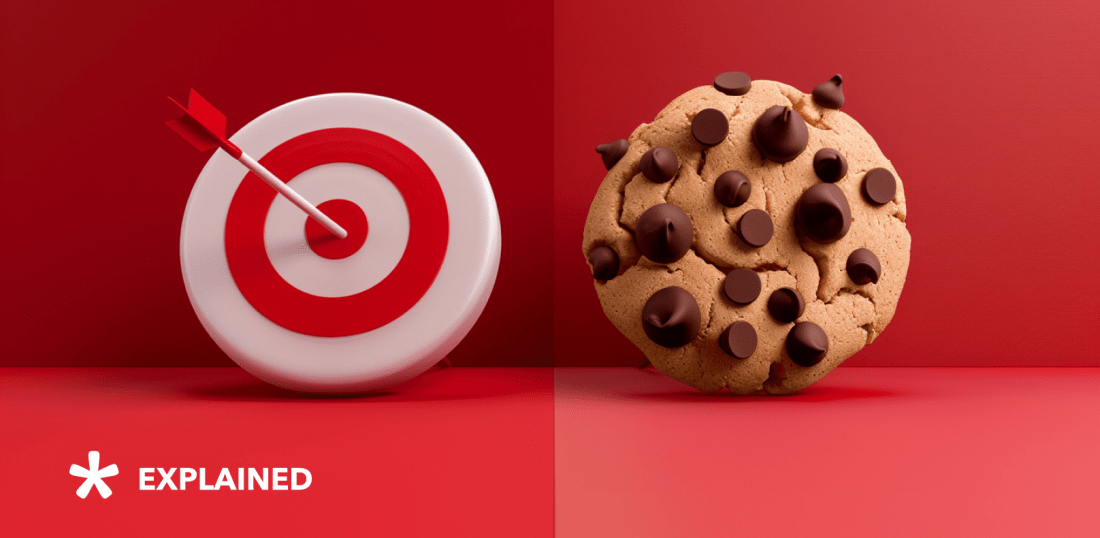How Header Bidding has drained the Waterfall
Currently, an increasing number of publishers is turning to Header Bidding solutions. This puts us in need of recommendations on how to use its benefits properly. With that, let’s step back and answer the question – why did the need for an alternative programmatic buying process arise?
Now, two ways to join programmatic are generally known: header bidding and traditional waterfall structure. The waterfall first emerged as a solution for publishers who wanted to separate premium and non-premium inventory. The technique implied offering inventory to buyers in an order as determined by publishers. Publishers based their decisions on the previous performance or their own expectations.
Where has the discontent with the waterfall came from?
In general, “waterfall” means that the impression is passed from one monetization partner to another until it’s sold. What is not bought by the top players goes down to the next buyer. The two reasons to be dissatisfied can be determined right away: publisher’s yield cannot reach its maximum and the buyers with less control over the market are limited in their access to the inventory on sale.
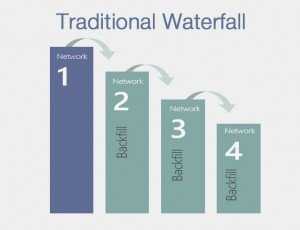
The typical list of waterfall’s flaws includes the following:
- Inefficiency due to high latency.
- The top offer does not promise the highest revenue.
- Complex settings need to be tweaked all the time.
Passing an impression until it’s bought prolongs ad loading time. Then again, if an impression is bought at level 3 or 4, buyers on levels 5 and lower down the waterfall, who were willing to pay more, don’t get the chance.
Header Bidding comes and saves the day
Header Bidding is the technique that has been introduced as a way to “flatten the waterfall”. Publishers got an opportunity to offer the inventory to all demand sources simultaneously. The technology implies insertion of a JavaScript wrapper into the header of a webpage. The script ensures that all bid requests are triggered at the same time.
HB platforms like Admixer.HB+ basically solve the problems created by the waterfall and offers additional advantages:
- The impression itself isn’t pushed back and forth. Instead, the notification that the impression is for sale is sent. Hence, ad serving is faster.
- Publishers can make more of the inventory while offering it to anyone who wants it.
- Additional demand partners increase the overall revenue.
- More transparent access to the info about impressions sold, in particular on the prices.
- No need for finding and setting the right sequence of potential buyers.
However, no technique can be flawless. First, you need to know how to setup header bidding to get the maximum of it. Moreover, it has its weak points that dictate the need for the technology to evolve.
The progress in the direction also evokes new questions for analysts to highlight: choosing between server-side and browser-side header bidding, knowing the peculiarities of in-app and video header bidding, as well as getting the best of the hybrid models, the combination of RTB and HB in particular.
Want to increase your knowledge? Follow us for more insights.

